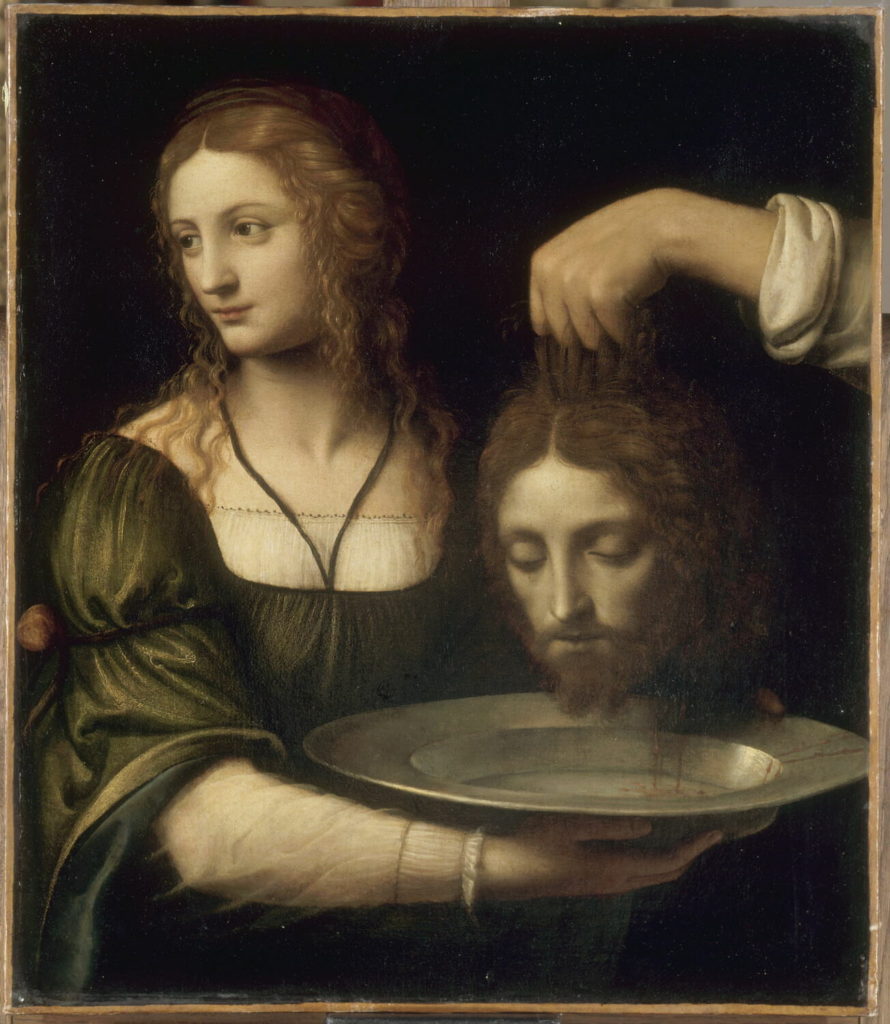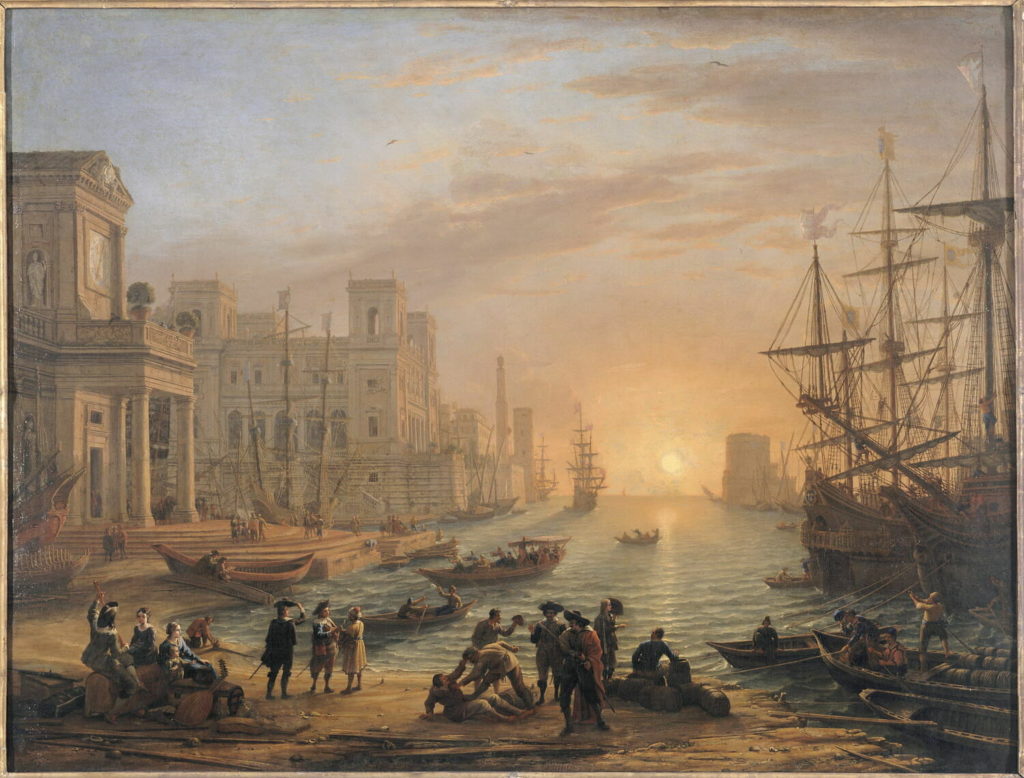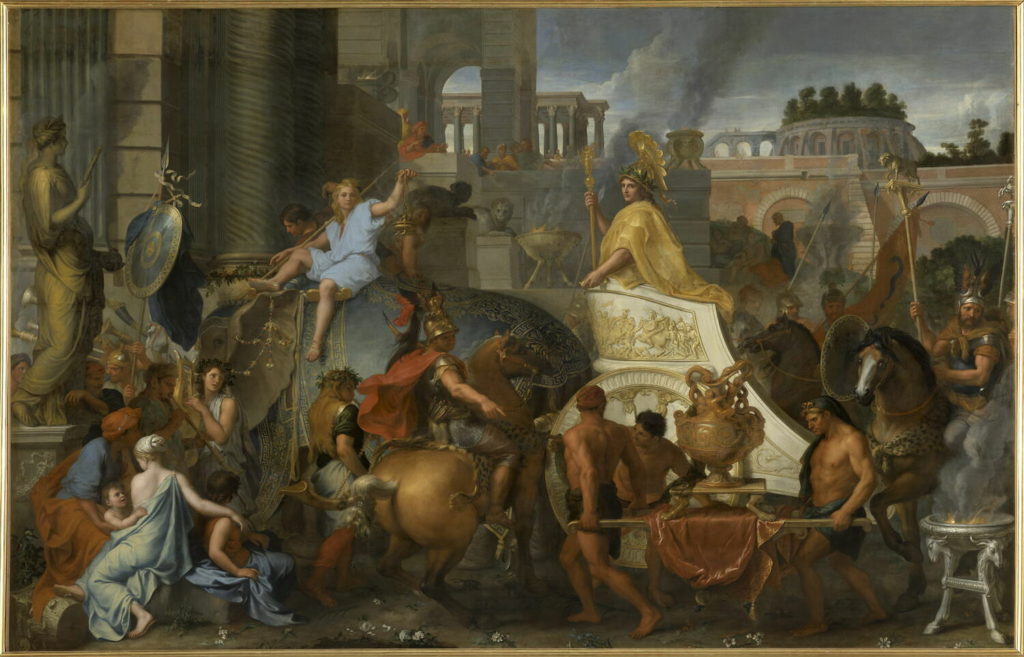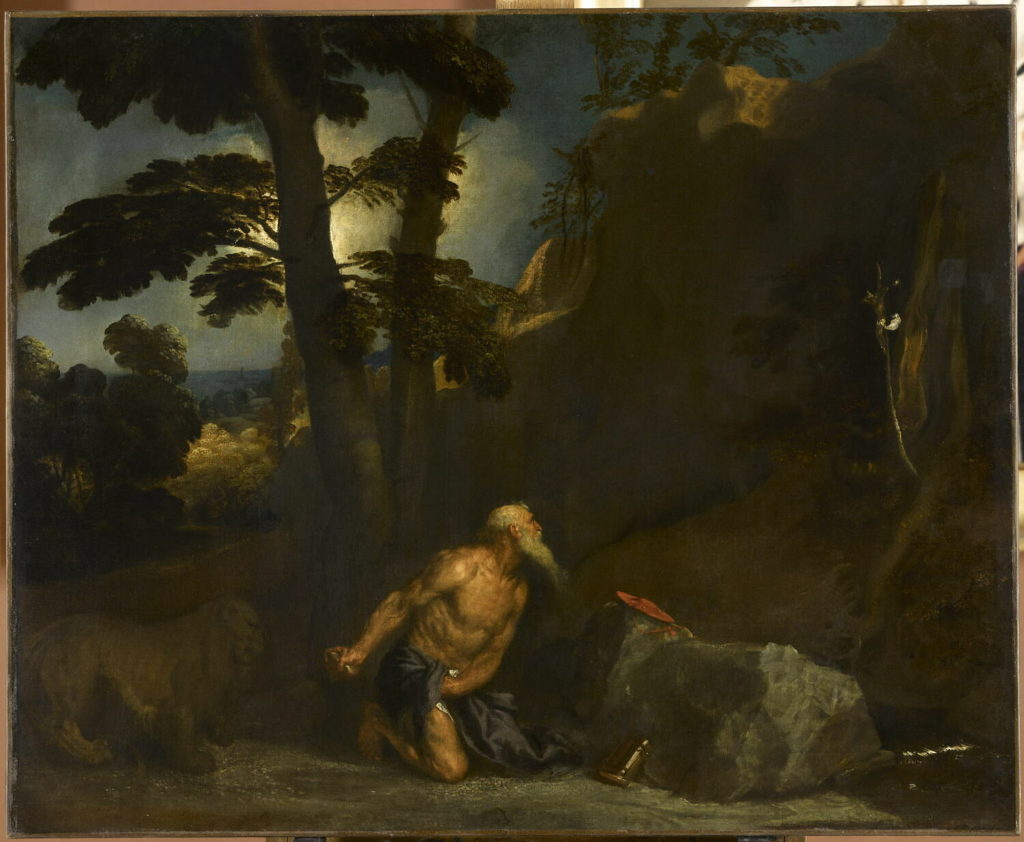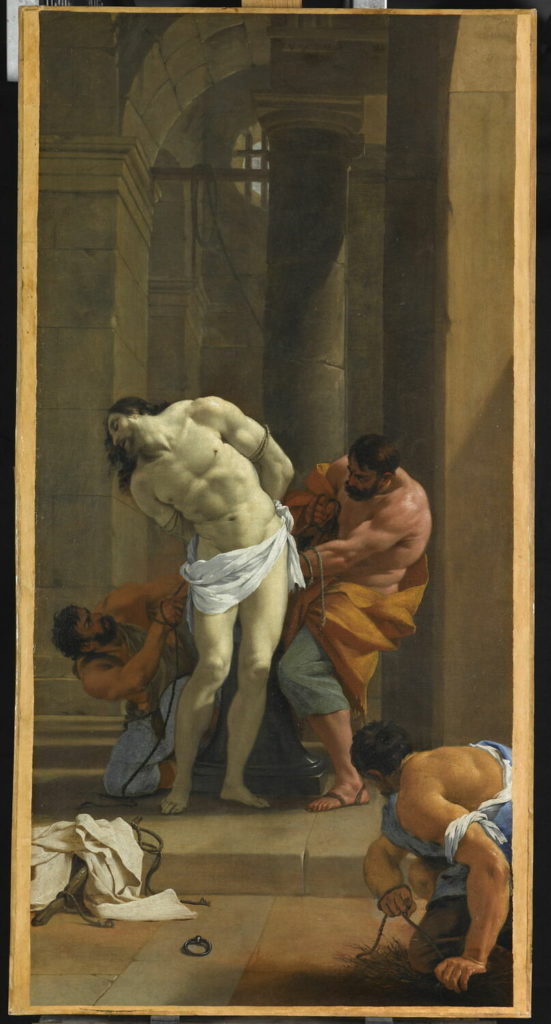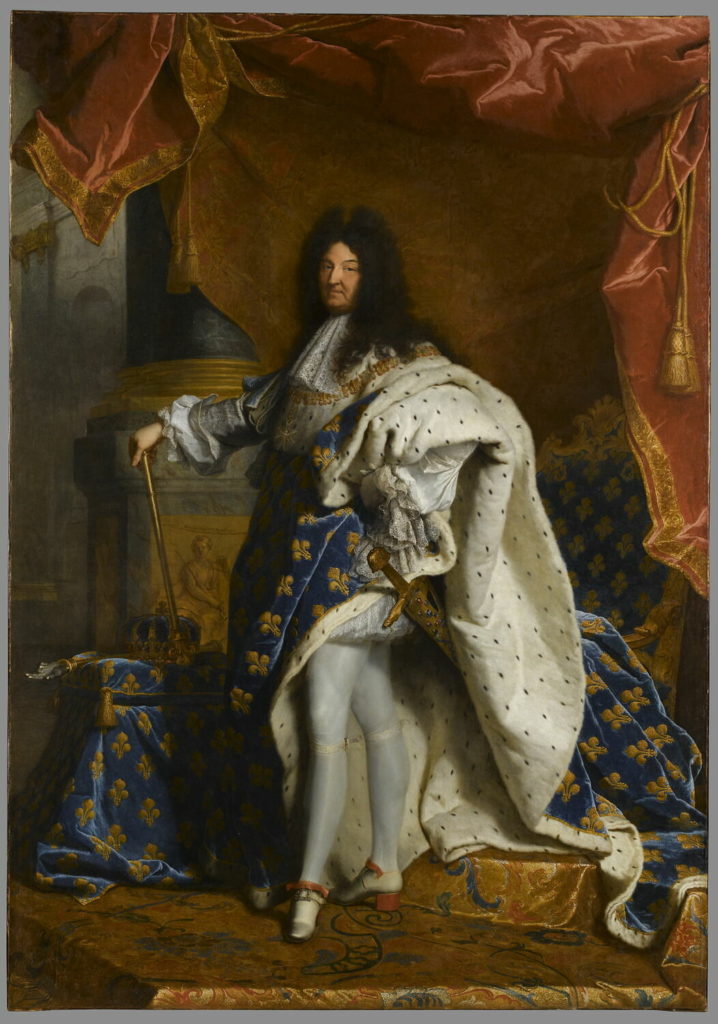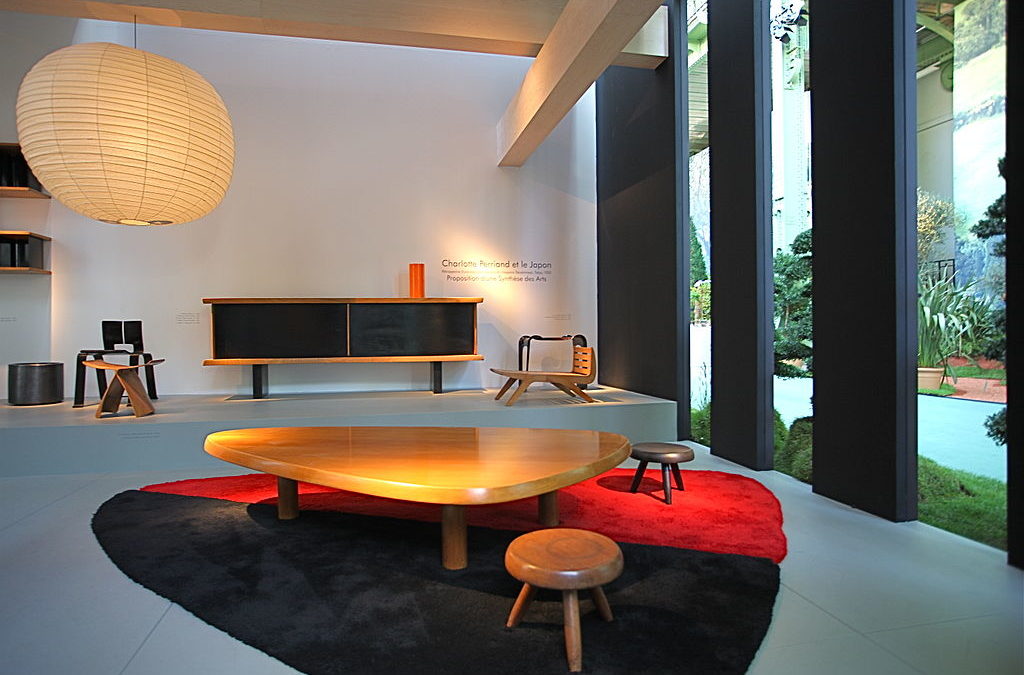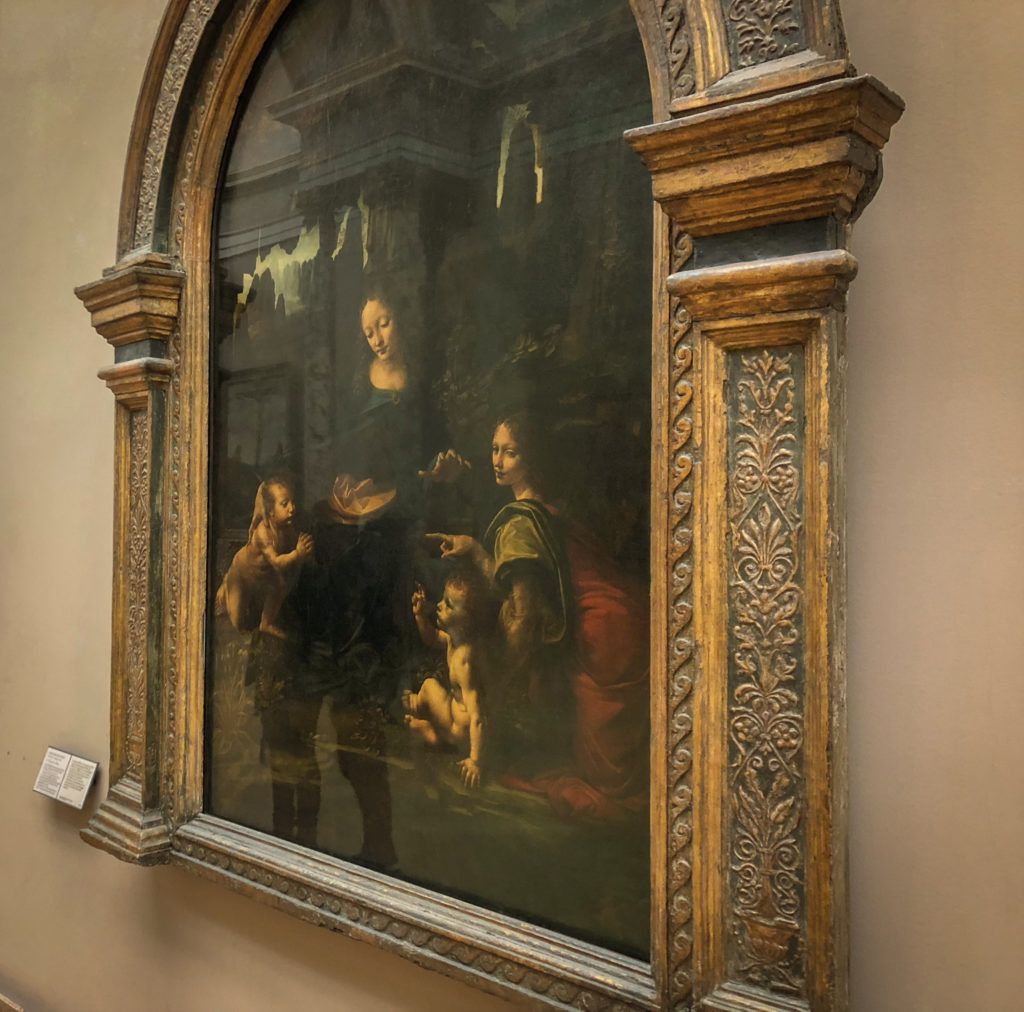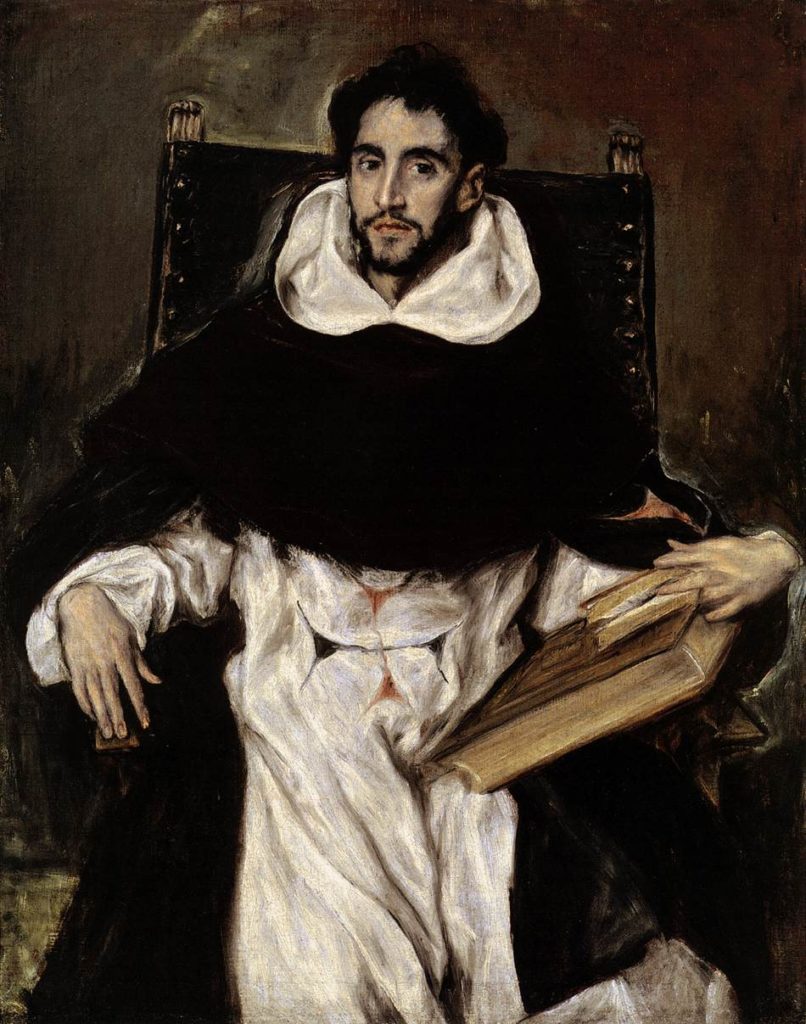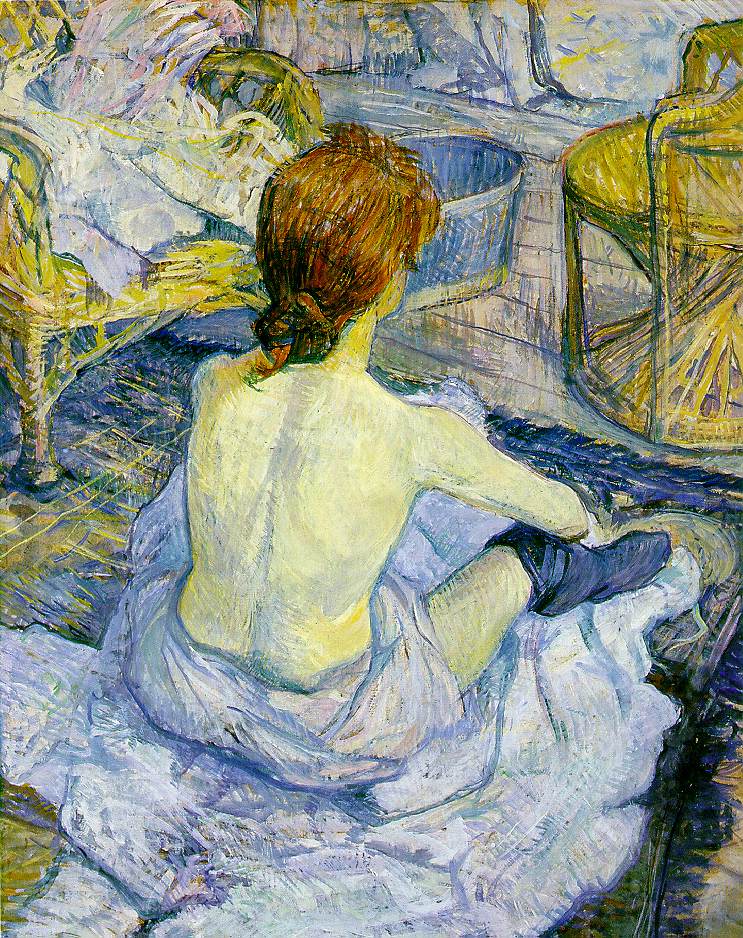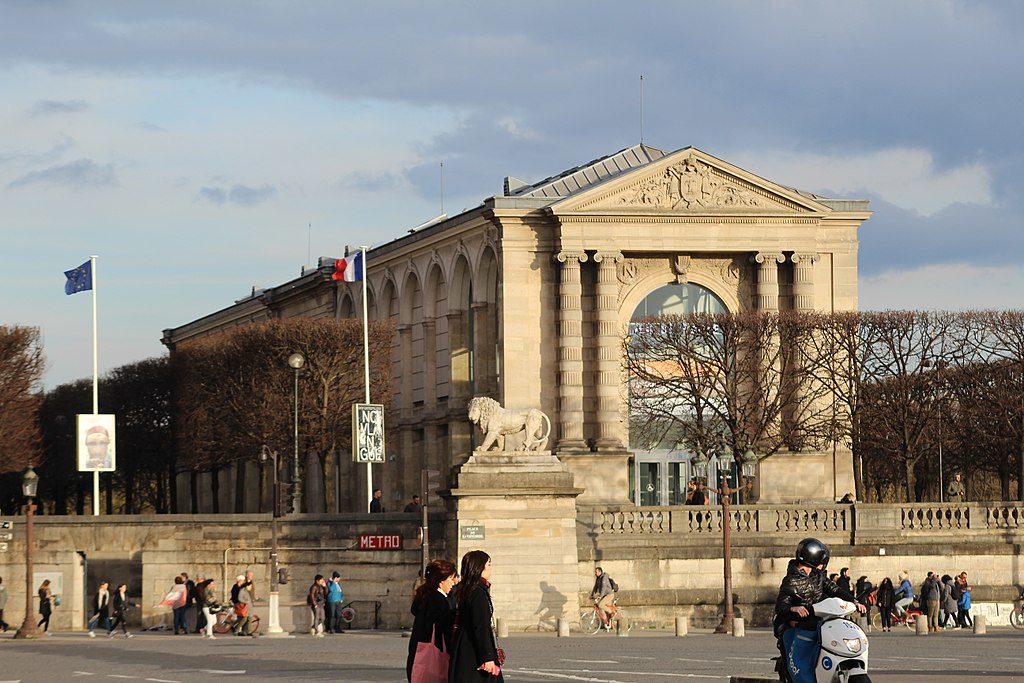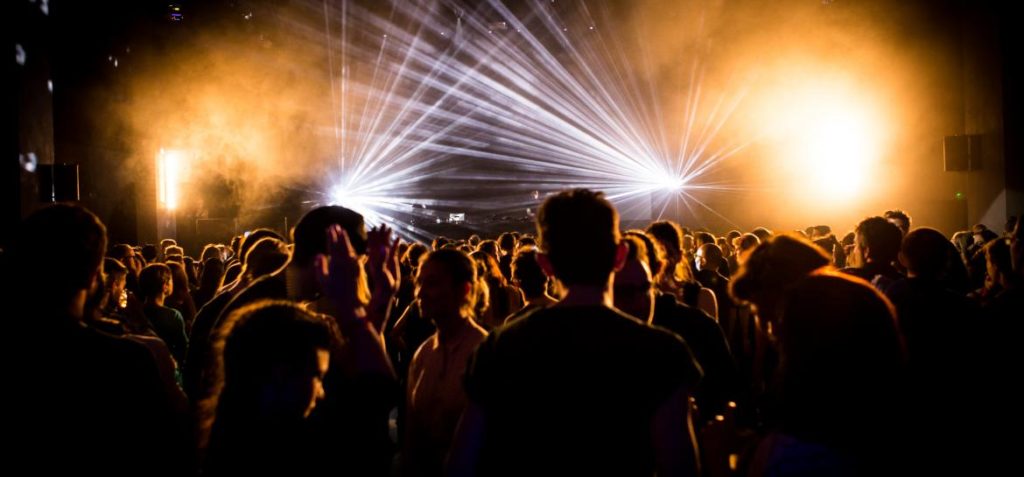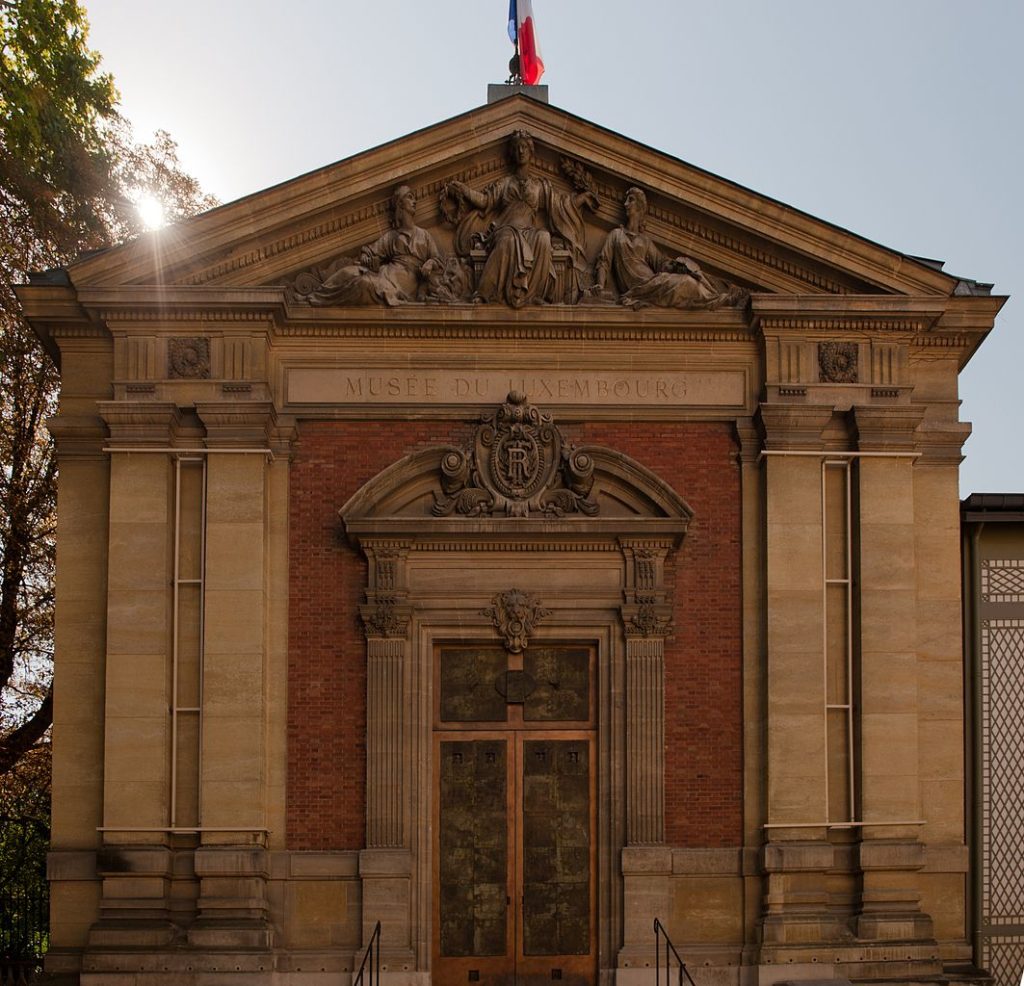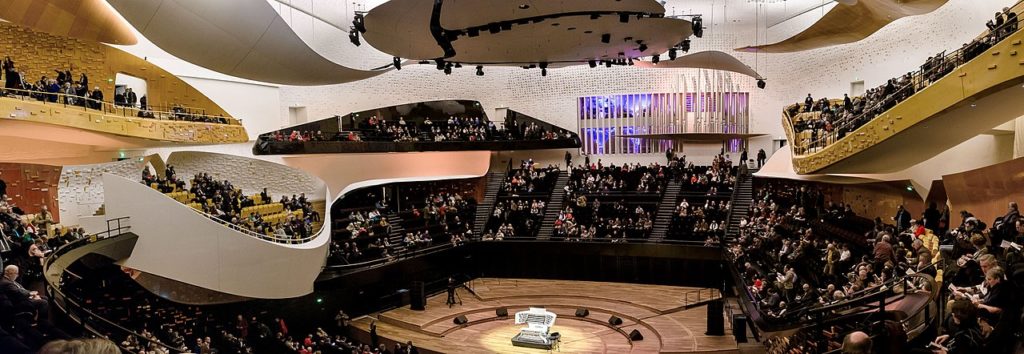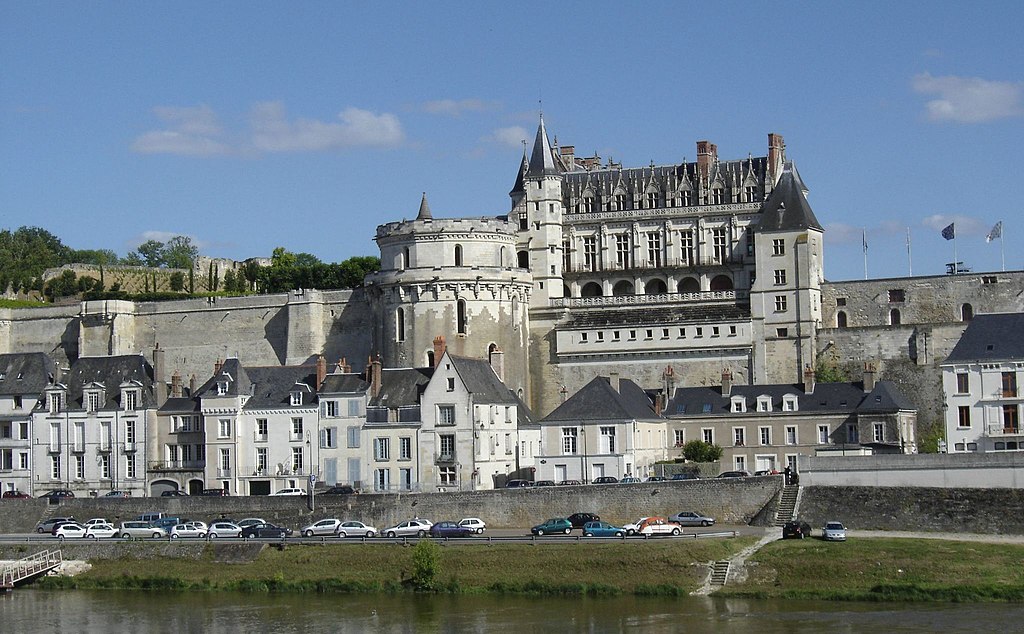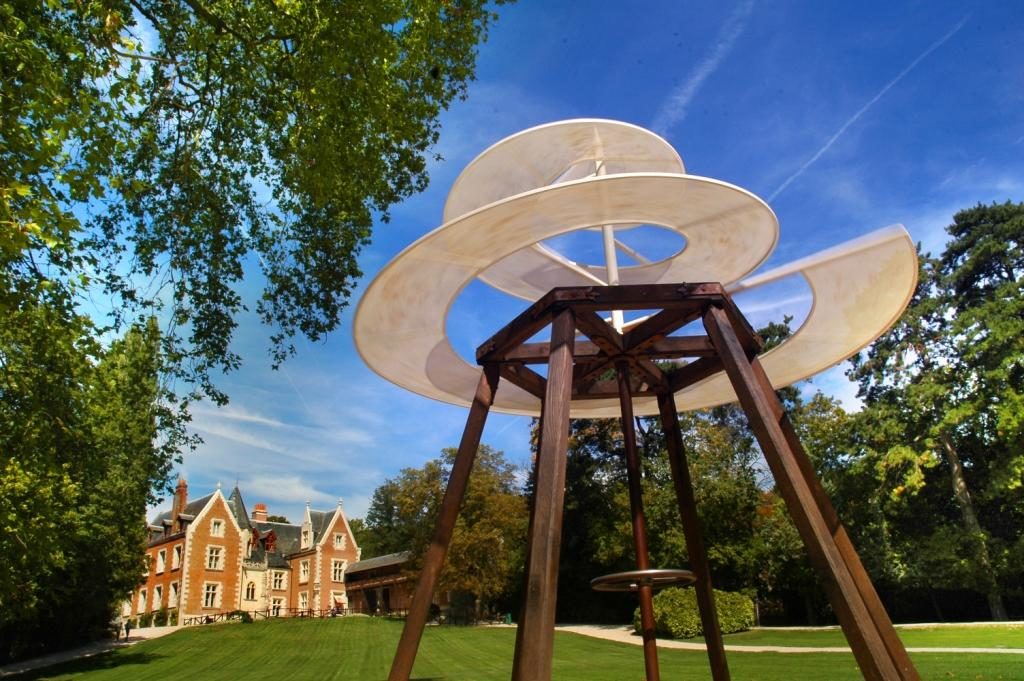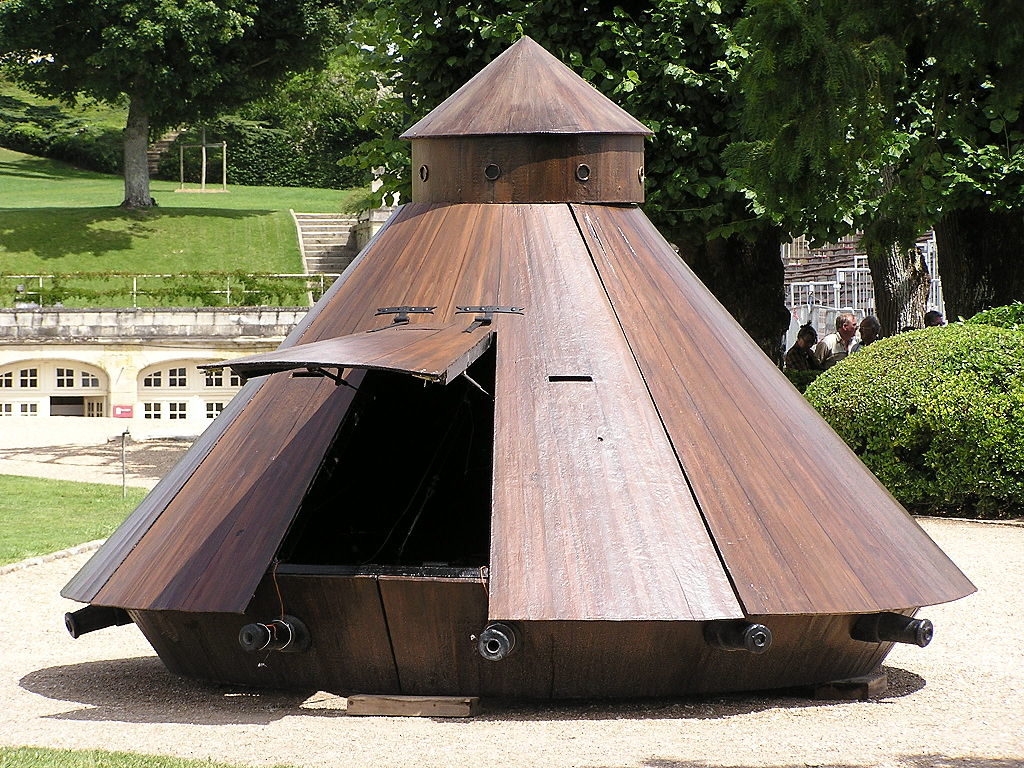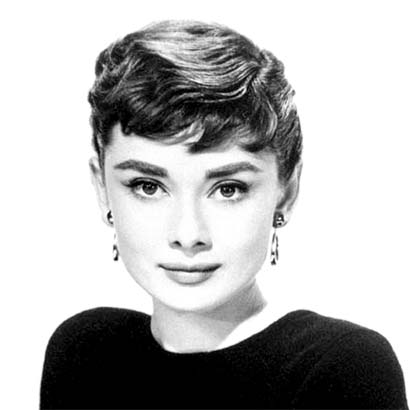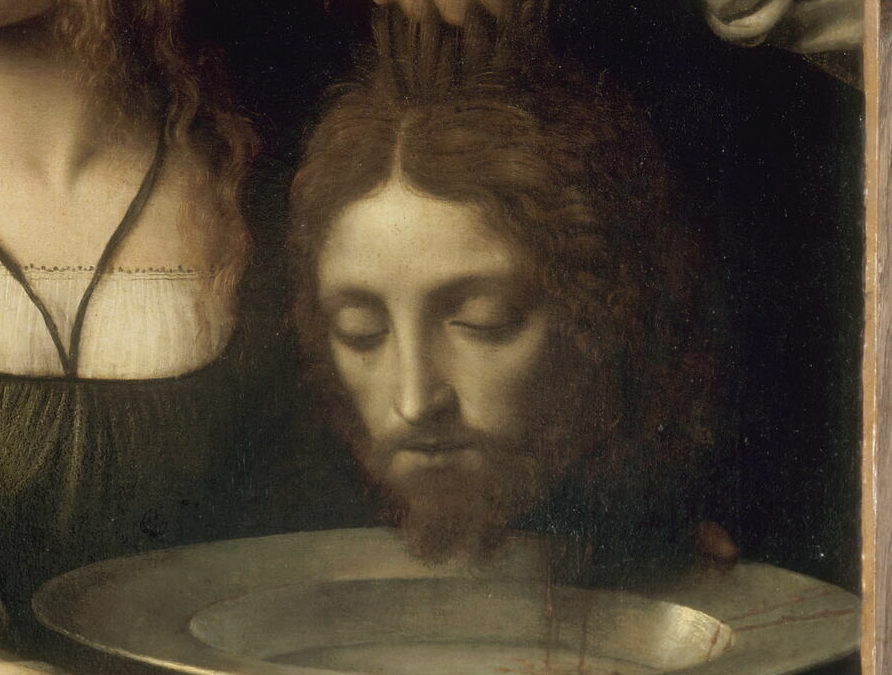
Paintings in the Louvre Acquired by Louis XIV
One of the most fascinating parts of stopping at a painting that strikes your sensibility is learning more about it. The labels next to the works are little blurbs providing basic information. And generally, it includes how the object made its way into the collection – part of the provenance of the work.
Like monarchs in other realms, French kings were great collectors of art and owned royal castles that could store all of these objects. The Louvre was one of those castles owned by the sovereign, and we are fortunate that they kept adding to the royal collection over the centuries.
Since Louis XIV is often thought of as the most outsized King of France, here are a few paintings that were directly acquired by the Sun King. Most of his acquisitions were safely classical French works. Many religious and classical myths, historical battles, triumphant victories, and battle scenes glorify Louis XIV. And compare Louis XIV to gods. What else would he expect?
Of course, all of the paintings that belonged to the French crown belonged to Louis XIV when he was King of France from 1643 until 1715. But these are 7 collected by him, or given to him, while he was king and that are hanging on the walls of the Louvre ready for you to search them out on your next visit.
(The artist’s name is followed by the name of the painting in English and French, the date the work was created, a brief description of how it entered Louis XIV’s collection, and the location where it is on display in the Louvre. All images from louvre.fr.)
1.
Luini, Bernardino.
Salomé Receiving the Head of John the Baptist. Salomé recevant la tête de saint Jean Baptiste. 1520 – 1530.
Acquired in 1671 from Everhard Jabach.
Denon, Salle 710 – Grande Galerie
To start things off, take a look at this painting of a lovely Salomé turning her head away while John the Baptist’s is held by his hair above the silver plate. This is one of many paintings Louis XIV bought from Everhard Jabach. Jabach was an art collector, wheeler, dealer, and director in the French East India Company, which held a monopoly on trade in the Indian and Pacific Oceans. He had the resources to amass a huge collection of important works from renowned artists. Some of these he sold to Louis XIV in 1671.
2.
Gellée, Claude, called Le Lorraine.
Seaport at Sunset; Port de mer au soleil couchant. Painted in 1637 for Pope Urbain VIII.
Given to Louis XIV by André Le Nôtre in 1693.
Richelieu, Salle 827
This beautiful landscape is by a celebrated French painter who creates a classical scene of a port with the warm glow of sunset washing the sea, the ships, the buildings, and the people. And, notably, this was a gift to Louis XIV by his gardener, André Le Nôtre, the designer of the gardens at Versailles.
3.
Le Brun, Charles.
Alexander the Great Enters Babylon; Entrée d’Alexandre dans Babylone. 1665.
Collected by Louis XIV.
Sully, Salle 914
Could more adoration and comparison be heaped onto Louis XIV? This is pretty triumphant, for both Louis XIV and a triumph for Charles LeBrun.
4.
van Rijn, Rembrandt Harmenszoon, also called Rembrandt.
Portrait of the Artist at His Easel; Autoportrait au chevalet et à l’appuie-main de peintre. 1660.
Collected by Louis XIV about 1671.
Richelieu, Salle 101
Rembrandt, check.

Musée du Louvre, van Rijn, Rembrandt Harmenszoon, also called Rembrandt. Autoportrait au chevalet et à l’appuie-main de peintre. 1660.
5.
Titien (Tiziano Vecellio, called Tiziano), in English, Titian.
Saint Jerome doing penance; Saint Jérôme pénitent. XVI century.
Louis XIV bought this painting and others from Pierre-Alexis Ponce de La Feuille in 1671.
Denon, Salle 711
Poor St. Jerome. He lived in the 300s and early 400s living in a cave outside of Bethlehem after converting to Christianity. Writing furiously and eating a subsistence diet, he is often portrayed half-clothed. Here, Titien shows a penitent St. Jerome on bended knee before a crucifix. Notice his friend the lion in the shadows, faithfully staying with the one who had removed a thorn from his paw and nursed him back to health.
6.
Santi, Raffaello, called Raphaël.
St. George Fighting the Dragon; Saint Georges luttant avec le dragon. 1503 – 1505.
Acquired by Louis XIV from the heirs of Cardinal Mazarin in 1665.
Denon, Salle 710
This jewel is only 11.5” x 10”. Even though it is in a large gilded frame, it is easy to miss. The Grand Gallery can be overwhelming with masterworks whizzing by. Take some time to find the ones you like. Notice that Cardinal Mazarin had a good eye when it came to collecting masterpieces.
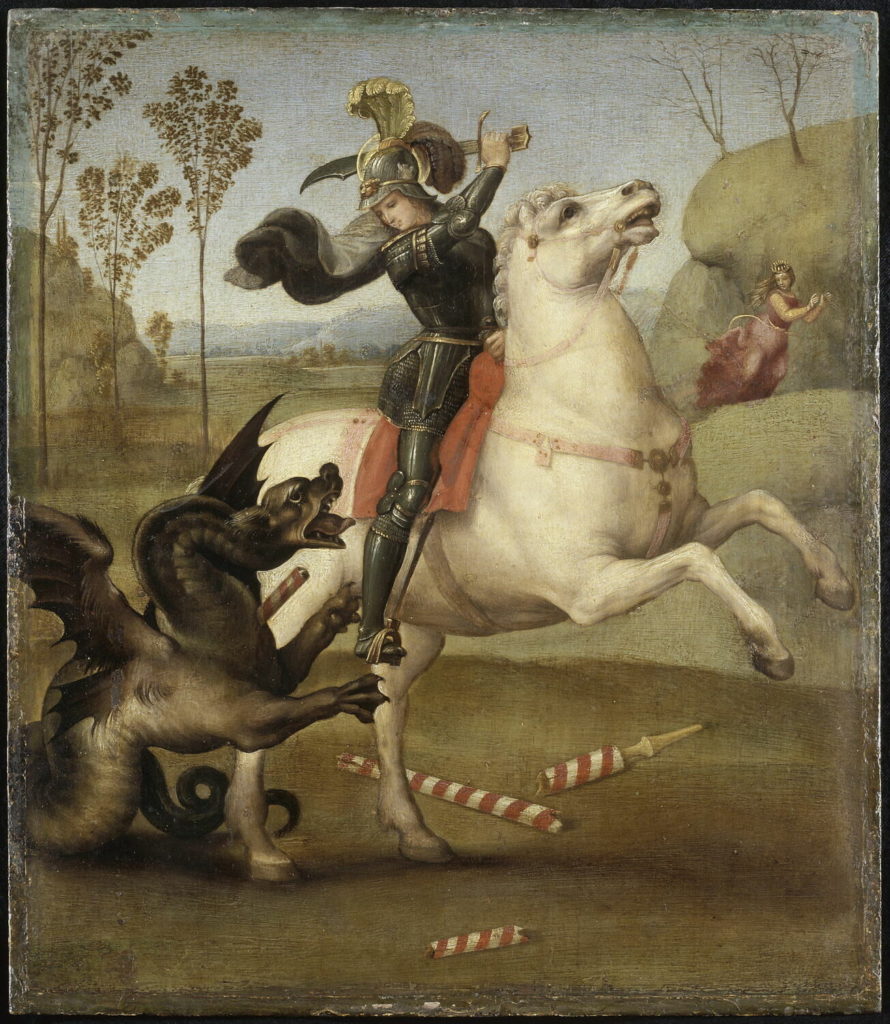
Musée du Louvre. Santi, Raffaello, dit RaphaëlItalie. Saint Georges luttant avec le dragon. 1503 – 1505.
7.
Vouet, Simon, Attributed to.
Christ on the Column; Le Christ à la colonne. Around 1645.
Entered the collection of Louis XIV before 1706.
Richelieu, Salle 831
This may be one of the most muscular depictions of Jesus ever created. He and his tormentors are definitely gym rats in this painting.
BONUS – because it is a must to include:
Rigaud, Hyacinthe also called, Rigau y Ros.
Louis XIV (1638-1715); Louis XIV (1638-1715). 1701.
Collected by Louis XIV
Held by the Louvre, but on view at Versailles.
Louis XIV in all his glory. Of course, he collected it.
There are so many paintings that were acquired by royalty. Find your favorites on the walls of the Louvre, then check the label. You may be surprised who shares your taste!
Musée du Louvre
Paris
For hours and information to plan your visit, go to https://www.louvre.fr/en/visit#hours-admission.
Look for the logo:

